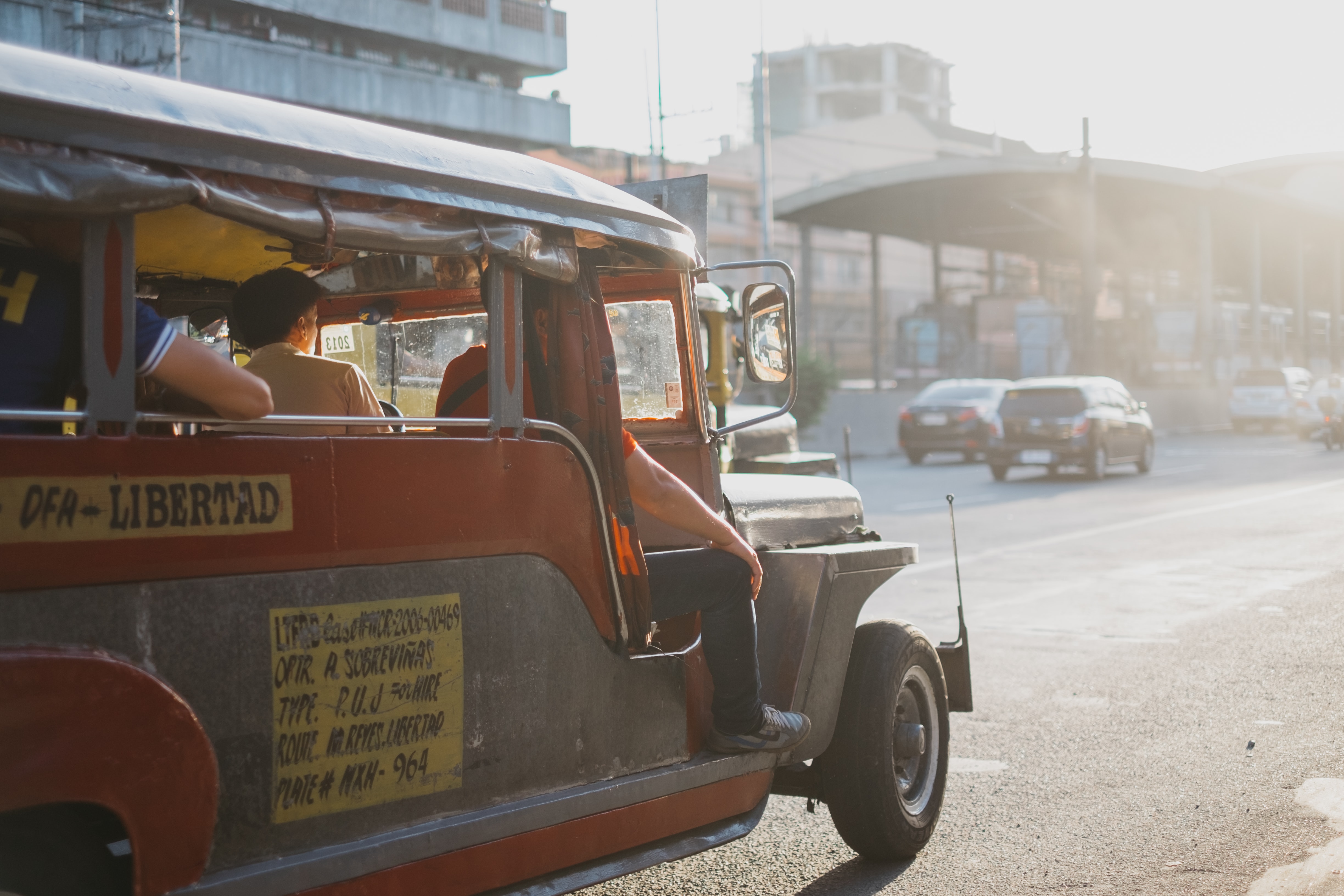The Philippines National Urban Mobility Program, an example of a successful investment program

There are three main categories of NUMPs: sectoral policies that aim to improve the framework conditions for sustainable urban mobility planning, investment programmes from the national level to assist cities in delivering sustainable urban mobility measures, or a mix of policy and investment programmes. The Philippine Urban Mobility Plan (PUMP)is an example of an investment programme. It focuses on reducing emissions from jeepneys, a semi-formal, inefficient system of ancient, backyard-customized former army jeeps (there are well over 250,000 jeepneys in the Philippines and they account for approx. 40% of all vehicle trips and are consequently the biggest contributor of GHG emissions in the transport sector in the Philippines). Pat Mariano (GIZ Advisor), gave us more insight on how this NUMP was developed, what challenges were met and what the final outcome was.
A positive and measurable impact
For Pat Mariano, “a NUMP is able to bridge the crucial gap between national and local government initiatives, especially in terms of policy-making and planning capacity, finances, and ability to implement”. She adds that ”while it allows the national government to support to cities who want to improve their mobility but are not sure how, it also gives a platform for cities who have good examples to showcase and inspire other cities.”
The results of the PUMP are impressive: The PUMP has secured 206 M€ to pilot shifting old jeepneys to modern, new “jeepney units,” which are a combination of e-jeeps and units which utilize cleaner fuels and engines. Part of the financing will also support local manufactures in producing more energy efficient vehicles. This program will also have a positive impact on the environment as it will potentially reduce GHG emissions by a total of 15.01 - 27.13 MtCO2eq over ten years.
Pat Mariano adds that the PUMP will also “provide concrete steps and measurable indicators for policies that government has adopted (such as the National Transport Policy) but has not necessarily operationalized. The PUMP is also able to highlight key focus areas for sustainable urban mobility (e.g., supports transit-oriented development, promotes active transport through both policies and infrastructure). On the monitoring side, the PUMP will help oversight agencies such as the National Economic and Development Authority to update their indicators”.
Overcoming challenges
The implementation of the PUMP also highlighted specific challenges. Pat Mariano points out that “the main challenges were the lack of data and the existing governance structures (i.e., numerous stakeholders, changes in political priorities, changes in organization structures)”.
The strategy to overcome these challenges was to hire consultants who were already familiar with local data; and by coordinating closely with our partners as well as by relating the PUMP to existing policies (e.g., the NTP).
A learning experience
Reflecting on her experience, Pat Mariano has many insights on the development of a NUMP. She points out the importance of having “good relationships with government partners, as well as a good understanding of their priorities”. She adds that “It is also very helpful for the entire NUMP development process to have at least one consultant engaged all-throughout, so that they also understand government priorities and interests”.
The PUMP has also had to adapt to the unexpected turn that 2020 took with the global pandemic. Pat Mariano tells us that “the biggest change we’ve experienced since completion of the PUMP a few months ago is COVID-19, and the pandemic has actually served as an opportunity of sorts for convincing decision-makers that active transport modes such as cycling are important. In terms of GHG, the action with the biggest impact is our months-long lockdown which has cut many trips (including the banning of public transport)”.
The PUMP is set to have a positive impact on the country’s transport system. Despite the current global situation, Pat Mariano is optimistic, stating “I’m hopeful that we can improve our public transport system, have more walkable streets, have proper bike lanes, and somehow manage our freight reasonably (especially important with the increase in deliveries nowadays)”.
If you want to learn more about the PUMP, you can consult the official concept document or MobiliseYourCity’s dedicated page.
To learn more about MobiliseYourCity’s actions, download our Global Monitor 2020.